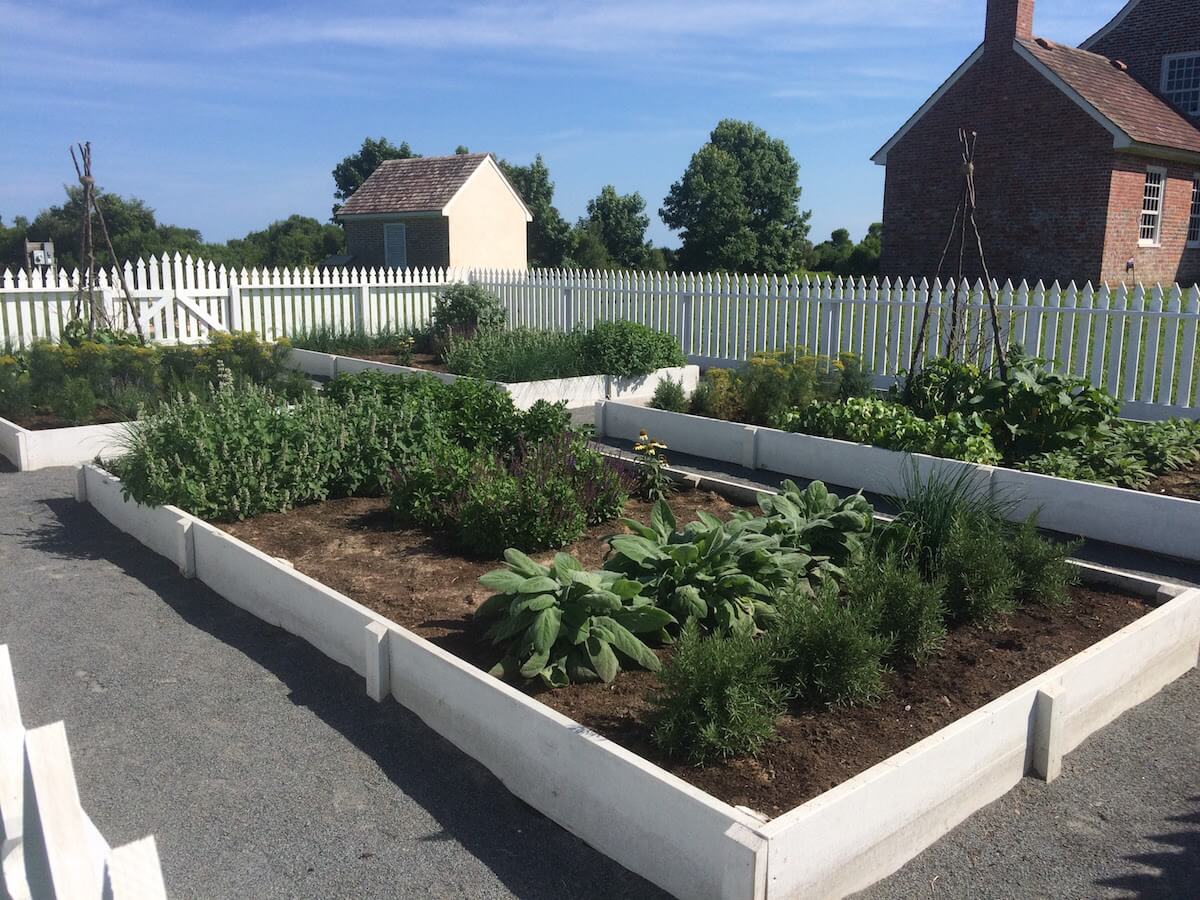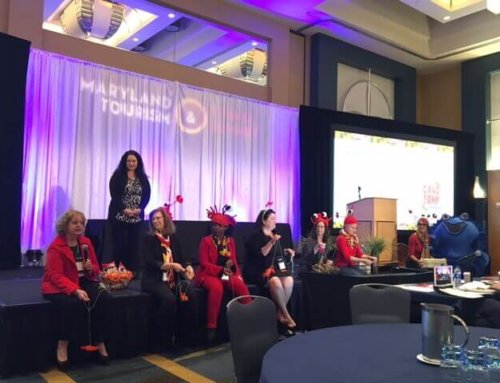Even if you don’t know precisely what you’re looking for, it is easy enough to find the Rackliffe House as part of a larger exploration of the Assateague Island Visitor Center. The house once was part of a plantation tract that took up much of the surrounding area, but time and fortune weren’t particularly kind to the house, nor to the family that founded it.
Founded in the 1750s, the building passed out of the Rackliffe family’s hands after about 100 years and, by the early part of the 20th century, was let for rent and in failing condition. By the later part of the 20th century, the house had fallen into disrepair and had survived a fire. Generations of different owners had made structural changes to the house and covered the bare brick facade with layers upon layers of paint and stucco. As the 20th Century came to a close a movement began to restore the house as a museum. Tom Patton, the man for whose name is on the street that takes visitors to the restored house, was among those who led the philosophical (and fundraising) charge.

The walk from the Assateague Island Visitor Center to the Rackliffe House is worth taking, although you can drive to the museum parking if you like.
Rackliffe House is about more than history
Restoring the Rackliffe House was about preserving cultural heritage as well as American history, but there was, and is, more to it than that. In addition to a rich history, Maryland’s Eastern Shore increasingly is becoming an eco-tourism destination. People come to the area to hike, fish, birdwatch and kayak, among other activities.
Located between the Assateague Island Visitor Center and the Sarbanes Coastal Ecology Center the restores Rackliffe House is a real world example of what it was like to live as a partner with the area. If the Visitor Center is about the island life throughout history and the Ecology Center is about sea life, it is appropriate to think of the Rackliffe House as about human history in the area. People have had a great affect on the area, but also have been effected by it. The Rackliffe House deals with this interaction in a particular way.

The Rackliffe House maintains a community garden as a demonstration about how difficult complete selfsufficiency is.
Evolving Eastern Shore Culture at the Rackliffe House
The transition from settlers to landowners and the cultural and political entailments of that transition are a central part of the Rackliffe House experience. Touring the inside of the home, you can see not only how the people lived, but the kinds of things they valued in their everyday lives. More important, you get a sense of how the Rackliffe family rose and fell on the Eastern Shore, eventually succumbing to a lack of male heirs and, as a result, the end of the Eastern Shore line. There were Rackliffe women, but inheritance wasn’t part of the deal for Colonial- and Early American-era women.
Today the restored building provides a look into a world that is recognizable, but still radically different from the one we inhabit. Touring the grounds, and participating in the nature walk that includes them, is worth your time not only for the information, but also for the experience. A walk in an old woods among the ghosts of the past is a quiet, soul-restoring activity.






Leave A Comment